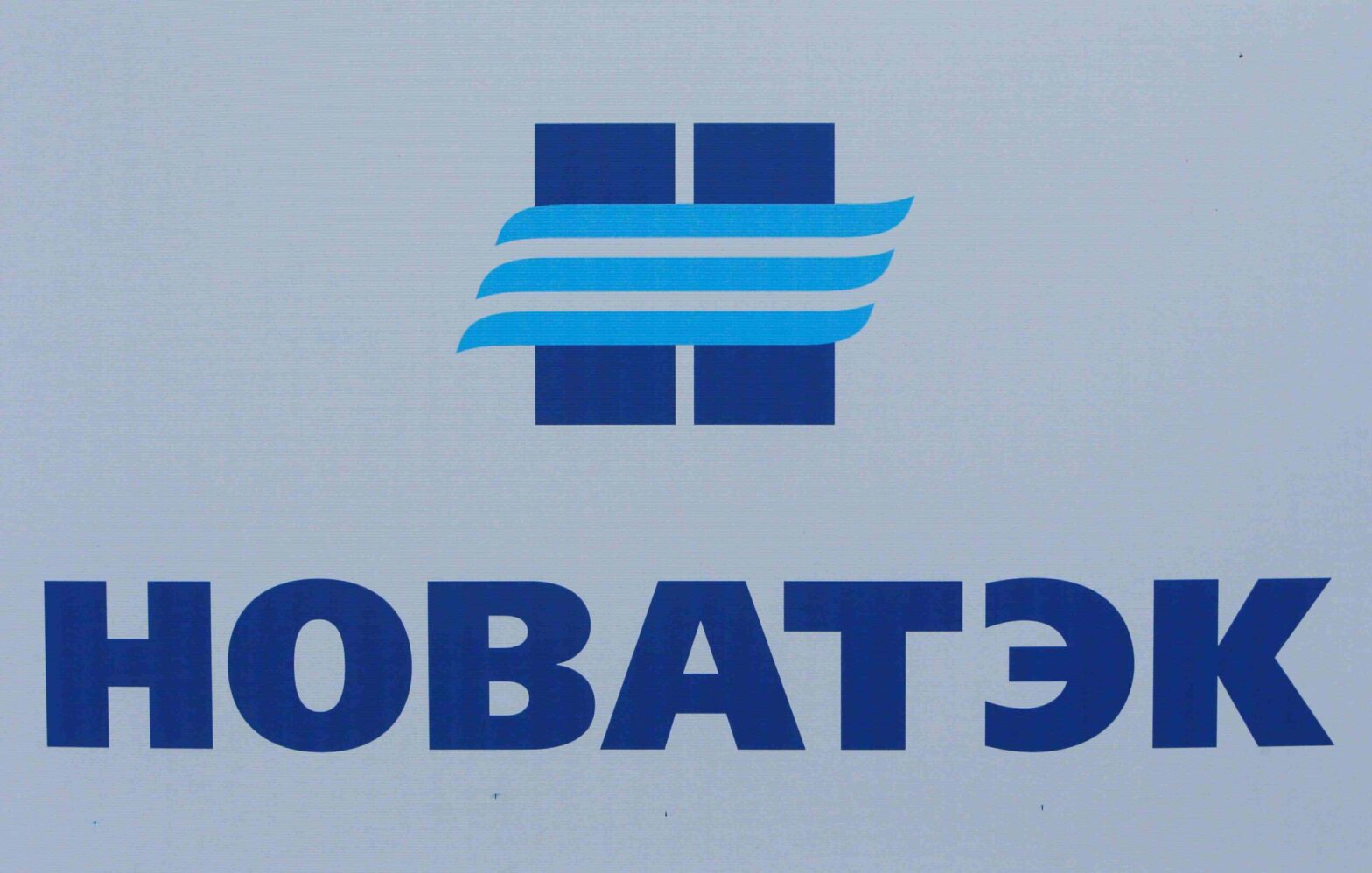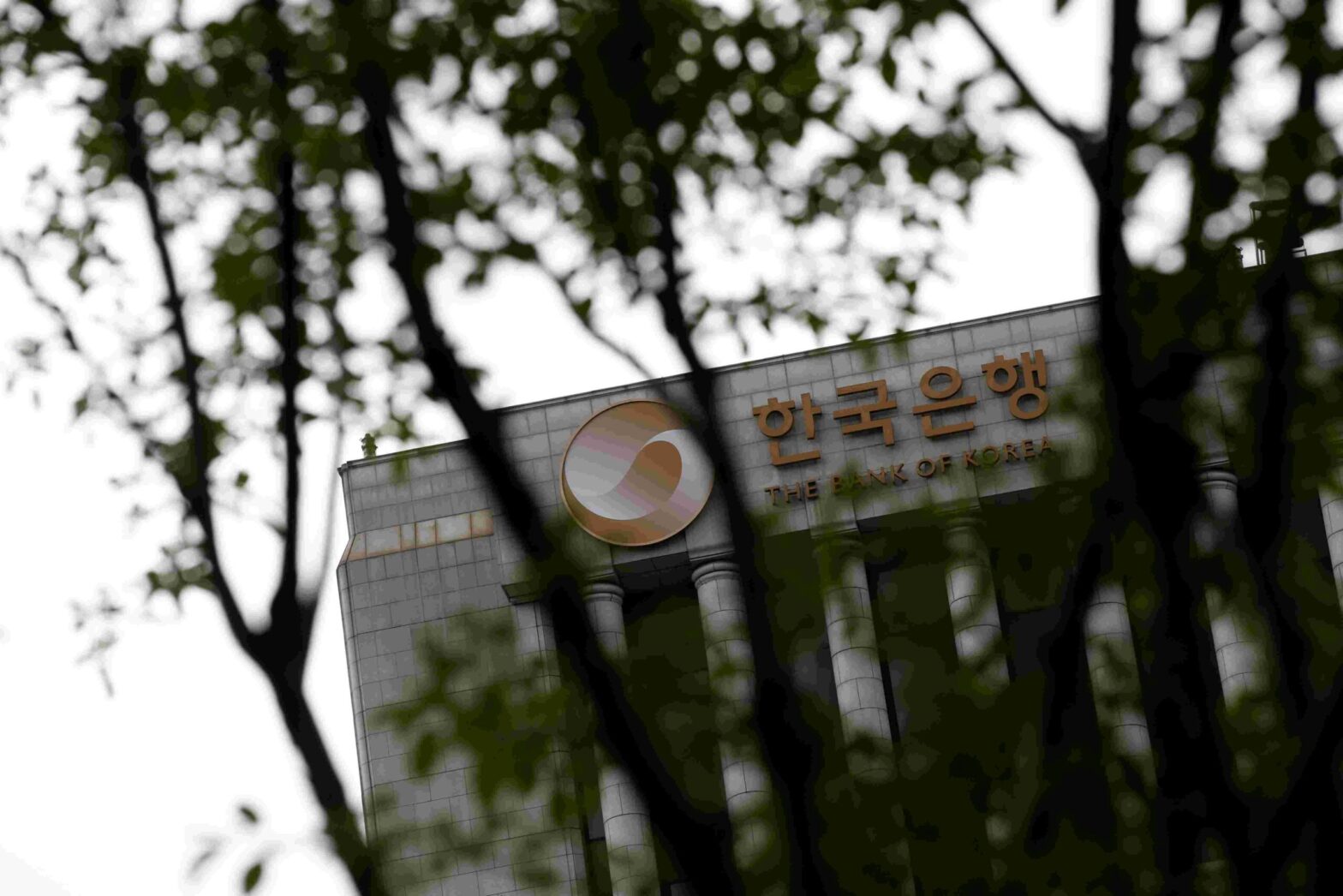Capitalize on opportunities with three undervalued stocks with high hopes for tomorrow

Source: akamakis / Shutterstock.com
Due to its obvious nature, one of the most commonly repeated pieces of advice regarding stock investment is to buy undervalued stocks when they trade low and sell overvalued stocks when they trade high. Achieving this outcome consistently would be ideal. However, the challenge lies not only in identifying overvalued and undervalued stocks trading at appreciated or depressed prices but also in those with promising potential.
There may be several reasons why undervalued stocks do not reflect their intrinsic value. First and foremost, one must carefully evaluate whether seemingly undervalued stocks do not warrant their current pricing due to underlying issues. Although investors are not typically irrational, differing interests and motivations can result in undervalued stocks and present opportunities. Valuation is almost always subjective in nature.
Sentiment, varying investment objectives, or sector uncertainty can also drive undervalued stocks to trade below their true value, with some offering good rebounding prospects. For instance, institutional investors typically prefer less volatile stocks. Thus, they may reduce allocations if a stock experiences above-average volatility, producing undervalued stocks. Upon improvement of conditions, institutional investment and valuations can start recovering.
Astute traders seeking assets trading at a discount with ambitions of future outperformance may focus on undervalued stocks with valuations below the industry average. The following undervalued stocks could be worth consideration.
Amgen (AMGN)
Amgen (NASDAQ:AMGN), one of the largest biotechnology companies in the world, has seen its share price underperform so far in 2024. However, the pricing of the undervalued stock is likely temporary, as Amgen acquired Horizon Therapeutics in late 2023 and is currently integrating Horizon’s assets. Together, the combined companies have a robust pipeline of drug candidates in development, which could boost the undervalued stock price upon approval. One interesting candidate is AMG133, which targets the fast-growing weight loss segment.
At a price-to-earnings (P/E) ratio of 21.6x, Amgen is one of the undervalued stocks to consider relative to the average U.S. pharmaceutical industry P/E ratio of 76.9x. Amgen’s current share price of $267.28 per share and promising pipeline position it as one of the undervalued stocks with strong potential, with analysts forecasting an average price target of $308.33 per share.
Canadian Solar (CSIQ)
The solar panel company Canadian Solar (NASDAQ:CSIQ) has declined over 35% year-to-date (YTD) amid significant uncertainty in the solar industry, being the second pick in this list of undervalued stocks. Challenges include slowing demand driven by rising interest rates and evolving incentives for solar panel installation. However, investors with a long-term view that renewable energy will power future economic growth may find value in Canadian Solar’s currently undervalued stock price. At the start of the year, institutional investor BlackRock (NYSE:BLK) committed $500 million to the company, suggesting other analysts also perceive promise in the industry.
Canadian Solar trades at a P/E ratio of just 3.3x, well below the energy sector average of 12.1x — highlighting its potential as an undervalued stock. Canadian Solar warrants consideration for investors pursuing opportunities in undervalued stocks that are well-positioned for renewable energy’s role in tomorrow’s economy. Analysts recommend an average price target of $31.55 per share, a 100% upside from current levels of $15.75.
Diana Shipping (DSX)
Recent events have highlighted the shipping industry, including the Red Sea crisis and the Baltimore Harbor accident. Shipping can be a complex investment area due to its cyclical nature. After the pandemic, cargo prices dropped significantly, resulting in sizable profit cuts across the sector. This included Diana Shipping (NASDAQ:DSX) halving its dividend. However, indicators suggest that the undervalued stocks in the industry may be reversing as shipping rates increase. Additionally, the U.S. economy appears to be avoiding a severe downturn, and geopolitical factors are raising demand for shipping capacity.
Diana Shipping trades at a P/E ratio of only 4.6x while offering a substantial 18.2% dividend yield. Given these metrics and recovering industry conditions, Diana Shipping presents an opportunity for growth. In April, thirteen analysts recommended buying this one of the undervalued stocks, up by just five in March, with an average price target 17% above its current share price of $2.91.
On the date of publication, Stavros Tousios did not have (either directly or indirectly) any positions in the securities mentioned in this article. The opinions expressed in this article are those of the writer, subject to the InvestorPlace.com Publishing Guidelines.












